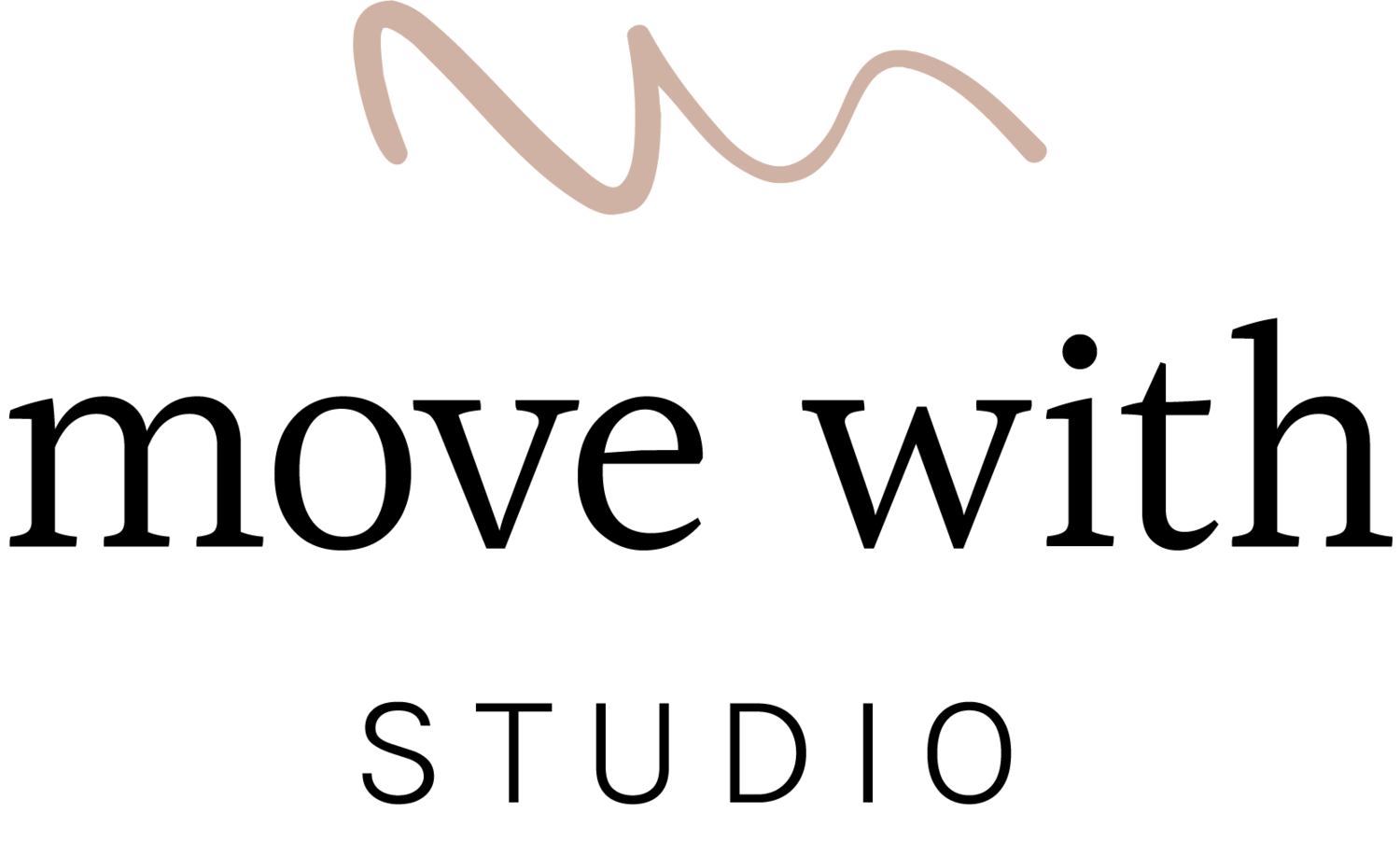Top 5 Questions about Fascia Stretch Therapy
New to Stretch Therapy?
Here’s what you need to know about this form of body work.
What is Fascia Stretch Therapy?
Fascia Stretch Therapy (aka Stretch Therapy) is a dynamic, effective way to care for your body. It targets fascia, the most prevalent connective tissue in the body, and supports every aspect of movement. Stretch therapy can increase flexibility, reduce aches and pains, and improve range of motion. It is a one-on-one session performed by a practitioner where the client lays on a massage table and is passively stretched.
What is Fascia?
Fascia is the connective tissue that surrounds and holds together organs, bones, nerve fiber and muscles. There are multiple layers of fascia throughout the body that aid in movement and provide internal structure.
How can Stretch Therapy help me?
Stretch therapy is a restorative body work that can increase flexibility, reduce aches and pains, and improve range of motion. It is incredibly gentle, and sessions are pain free. It can aid in faster recovery from injury by improving blood flow and circulation, and for the same reason may result in improved athletic performance. It’s a sought-after treatment that can also be helpful for frozen shoulder, lower back pain, shoulder tension, and more.
What should I wear to a session?
Wear comfortable clothes, i.e, t-shirt and sweatpants or leggings. If you are coming from a workout please change into a fresh set of clothes. Your therapist should be able to move your legs and your arms without restriction.
Is there anything I should do before or after?
You should come to your session as hydrated as possible. Consuming at least half of your weight in ounces of water per day is necessary to keep your joints lubricated. Drinking water or consuming water with electrolytes before a session will help enhance the results of the session.
You can go about your normal day after a session, but we recommend to continue to drink plenty of water to flush out toxins, similar to recommendations after a massage. Rest is also beneficial, but not necessary after a session. You might feel a little sore the following day, nothing more than what you would feel after a workout. Your movement, in general, should feel less restricted and you should feel freer in your body.
Wear comfortable clothes. Your therapist should be able to move your legs and your arms without restriction.
Find out more on our Stretch Therapy page. Have a specific question? Please don’t hesitate to contact us.


